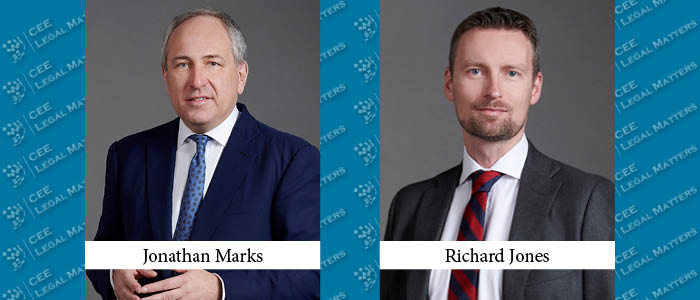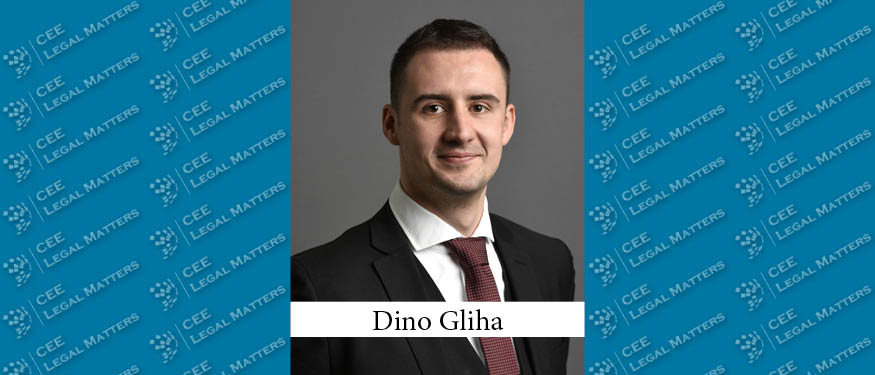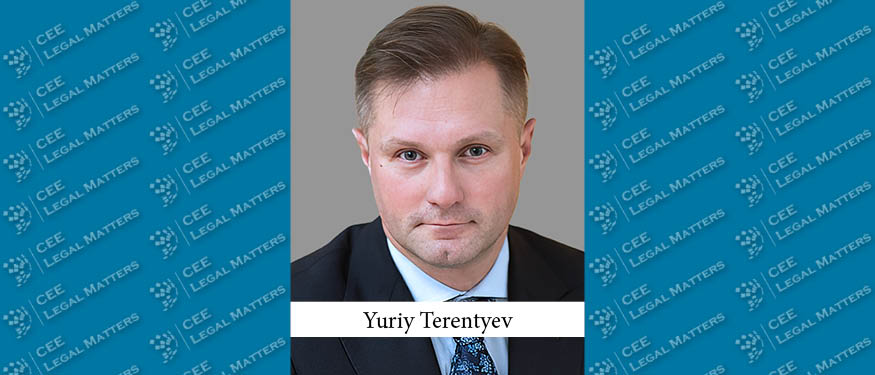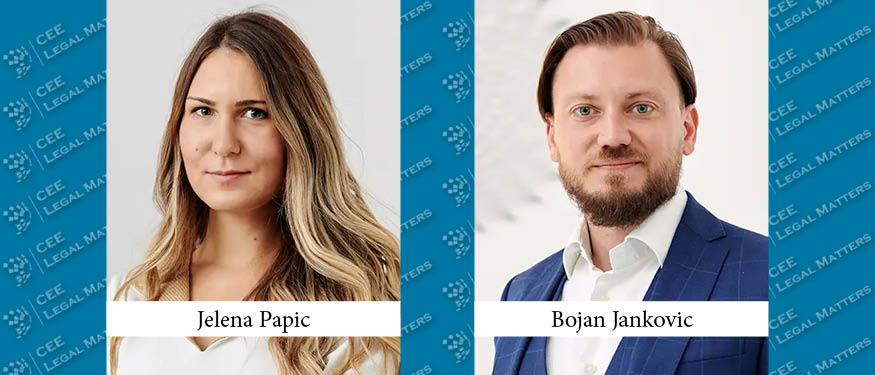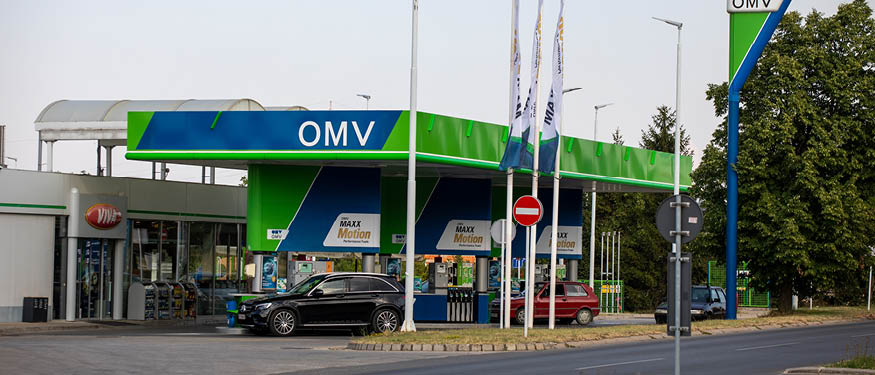In our Looking In series, we talk to Partners from outside CEE who are keeping an eye on the region (and often pop up in our deal ticker) to learn how they perceive CEE markets and their evolution. For this issue, we sat down with Slaughter and May Partners Jonathan Marks and Richard Jones.
CEELM: What was your first interaction with CEE?
Marks: My first involvement was as an Associate working alongside one of the firms in the Czech Republic when the market first opened up on various transactions subject to English law. There have been a variety of transactions since, including acquisitions, JVs, and shareholder disputes.
Jones: I’m not sure I can remember my first interaction with the CEE region, although advising a government in the region in the aftermath of the financial crisis stands out as a particular early memory (although I’m sadly not able to say anymore)! Other memorable interactions include a very large leveraged acquisition finance deal that involved around a dozen jurisdictions, including Austria, the Czech Republic, and Poland.
CEELM: As for the current pipeline, what has been keeping you busy in the last 12 months?
Marks: Despite this being a quieter year for M&A, I have been involved in an acquisition of a stake in a CEE alternative energy business, worked on some interesting shareholder disputes relating to a couple of different jurisdictions in the region in conjunction with our disputes team, continued to advise the UK government on various projects, and advised on a number of high-value financial services transactions under which corporates have bought insurance policies to cover the risk on their staff pensions schemes.
Jones: An enormous variety of different things – investment grade and leveraged loan financings (including some difficult refinancings), bond issuances and liability management exercises, public and private securitizations, derivatives, and a few commercial contracts. In terms of work in the region, I’m currently in the middle of a complicated loan refinancing (which started life as a proposed securitization!) for a large family-owned business and have just finished agreeing on a banknote supply agreement (which was a new experience for me) for a Ukrainian client. I’m also about to close a retail bond cash and exchange offer for International Personal Finance, a consumer lender with operations in many jurisdictions, including the Czech Republic, Hungary, Lithuania, Poland, and Romania.
CEELM: How has London’s role in CEE evolved over time and what is it now?
Marks: We are very fortunate that English law remains a common choice on transactions as well as London being seen as a good place to bring court or arbitration proceedings. In addition, the ongoing strength of London as the location of key markets such as the London Stock Exchange and Lloyd’s of London means that we continue to be a hub not only for liquidity but also for expertise, including cutting-edge legal advice.
Jones: Much of what is new in the financial markets in Europe continues to be done first in London (often as a result of it coming over from the US), so – combined with English law’s position as one of the globally important legal systems – we’re lucky enough to continue to be involved in lots of transactions in the CEE region where there is – save for the use of English law (and possibly London as a location to resolve disputes) – no connection to the UK. However, nowadays, we almost always find that the CEE-based lawyers and other advisers are all well-versed in many of the key legal techniques and commercial issues, so we are often only providing advice on key aspects of the transaction (whether legal or commercial), with much of the day-to-day work being handled by local advisers. It’s also interesting to hear more and more frequently from our contacts in CEE that firms in the region, which have previously looked for investment locally, are now at a stage where they’re thinking about the possibility of London as a listing venue or place to raise equity or debt finance.
CEELM: What is your perspective on internationals in CEE – how will their presence evolve?
Marks: I expect that there will continue to be more of the same. We will see a mixed approach, with some international firms seeking to open or maintain offices in a (possibly reduced) number of jurisdictions, others seeking to be present in only a selected number of (often larger) jurisdictions, and yet others (like ourselves) seeking to serve the region from London or another major financial center. In some ways, this mirrors the approach of the independent law firms in the region which we spend a lot of time speaking to and working with – some are located in only one jurisdiction, others in a small number of jurisdictions, and others have a regional network. I am pleased to see the strength of independent law firms in key markets very much in line with our own experience.
Jones: Essentially, there is room for more than one approach in the market – we believe the way we operate (focusing on delivering English law advice from London and working with a range of the region’s (and the world’s) best independent firms) best serves our clients for the type of work we do for them, as well as offering advantages in terms of flexibility and conflict management, but there are obviously plenty of firms that take a different approach and make that work.
CEELM: Where do you see the most activity in the next 12 months?
Marks: I hope that we will see a return to stronger across-the-board activity levels as interest rates and inflation hopefully have peaked and start to fall. This should lead to more M&A – both trade and PE purchasers – assuming no more material international flare-ups leading to political or economic shocks.
Jones: In terms of finance, which is my practice area, I think the tougher economic climate, coupled with higher interest rates, will continue to drive some difficult financing conditions (as well as a reminder of the long-forgotten relevance of hedging interest rates!). As such, I suspect we’ll see an increase in distressed refinancings, debt-for-equity swaps, other recapitalizations, restructuring, and, when all else fails, insolvencies. That said, some sectors and companies are clearly still performing strongly, so they will continue to be able to obtain credit (including for acquisitions and other major projects) on favorable terms. There is obviously a general expectation (including in many jurisdictions across the CEE region) that infrastructure, energy, and natural resources work, particularly in the area of renewable and nuclear energy (where we have done a lot of work in the UK and across Europe), will be a growth area over the coming decade – hopefully, this will prove to be the case! We also hope that, following an end to the war in Ukraine, efforts can begin in earnest on reconstruction and the restoration of the devastation inflicted by the Russian invasion.
This article was originally published in Issue 10.12 of the CEE Legal Matters Magazine. If you would like to receive a hard copy of the magazine, you can subscribe here.

